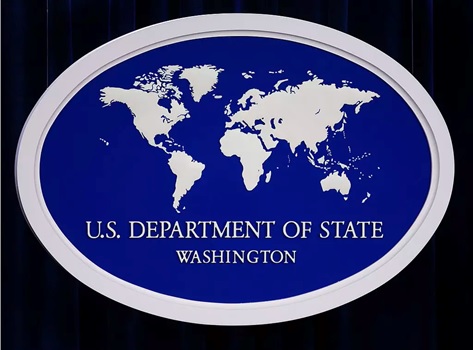The National Museum of the American People, in telling the story about the making of the American People, will tell the story of how people came to be Americans through immigration and migration.
The 2020 Census found that 13.7% of the United States population was born in another country, a statistic that mirrors the numbers of the 1920 Census. In 1920, the foreign-born population was 13.1%. Over the decades, the percentage of the foreign-born population has fluctuated, and with it, the culture and social landscape of America have changed as well.
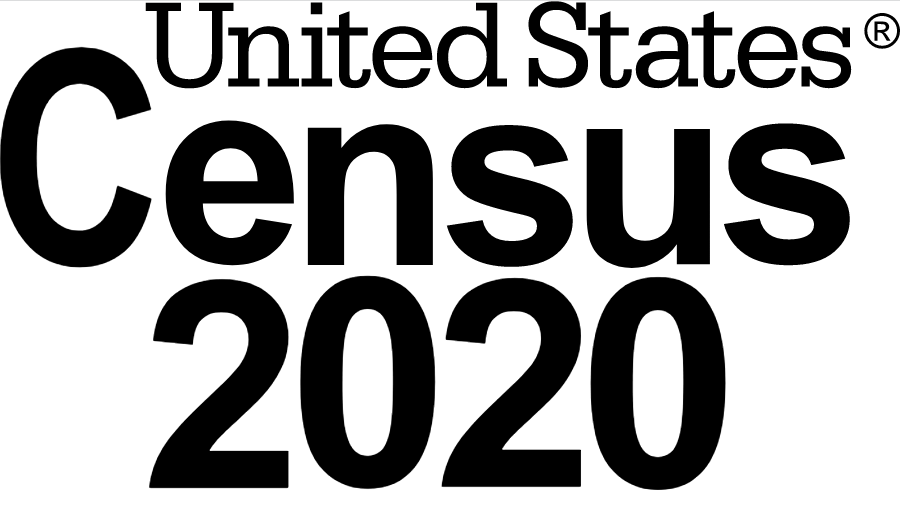
According to World Population Review, in 2020 the five countries that account for the most immigrants in the U.S. are Mexico, India, China, the Philippines, and El Salvador. This is a sharp contrast to what immigration looked like one hundred years ago. Between 1880 and 1920, most immigrants came from Europe.
While some have said that immigration damages our country by introducing incompatible ideas and conflicting cultures, the exact opposite is true. Yes, immigrants bring their customs, traditions, and different cultures with them when they come to a new nation, but that is not by any means a bad thing. The Europeans who came during that 1880 to 1920 surge also brought their diverse traditions and cultures with them.
Immigration has frequently been a contentious issue throughout US history. Anti-immigrant sentiments led to policies like the Chinese Exclusion Act, which banned Chinese immigrants from entering the country in 1882.
While resistance to immigration is nothing new, it is something that we, as a nation, should understand. Immigration is not something that the American People should fear; on the contrary, it is what makes this country so uniquely great. The growing number of foreign-born Americans is a sign of a bright future for our country.
As then-Senator Barack Obama said in his address to the 2004 Democratic National Convention, “There’s not a black America and white America and Latino America and Asian America; there’s the United States of America.”
The National Museum of the American People will embrace all of the American People.
Regardless of where we all come from, what cultures and customs we brought with us, and what traditions have been passed through our family’s from generation to generation. We are all Americans now.

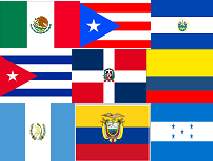
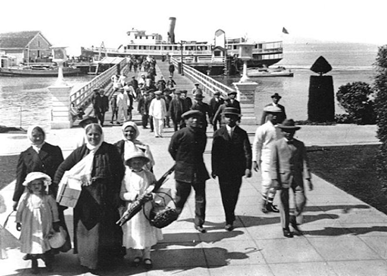
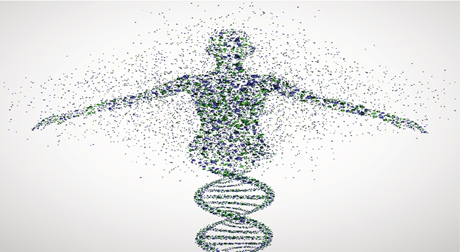
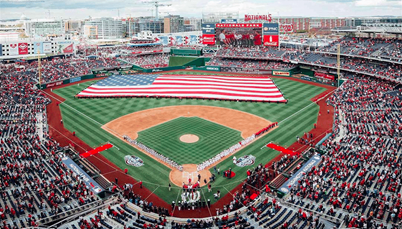
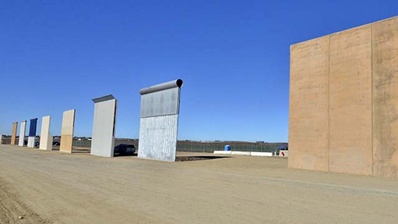
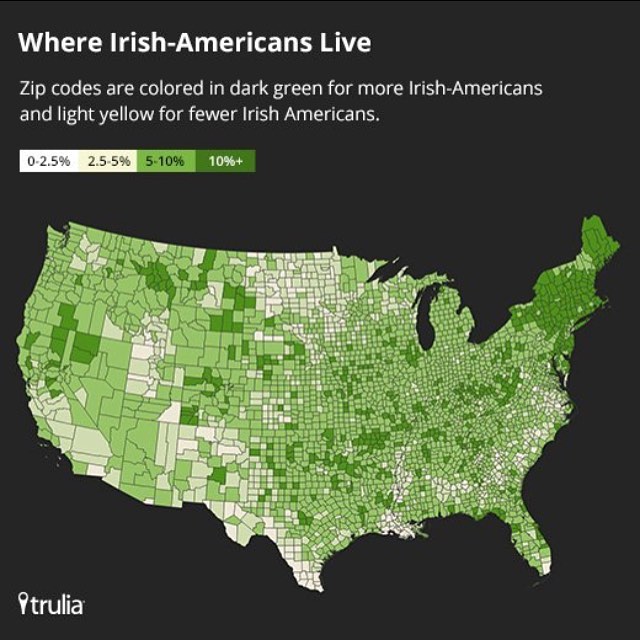
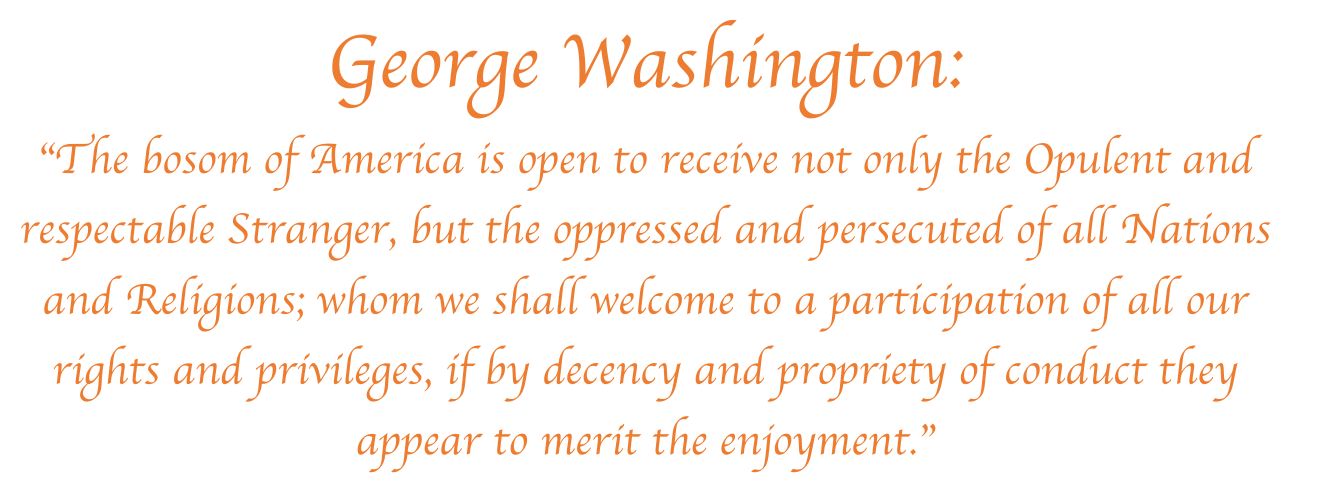

 This blog is about the proposed National Museum of the American People which is about the making of the American People. The blog will be reporting regularly on a host of NMAP topics, American ethnic group histories, related museums, scholarship centered on the museum’s focus, relevant census and other demographic data, and pertinent political issues. The museum is a work in progress and we welcome thoughtful suggestions.
This blog is about the proposed National Museum of the American People which is about the making of the American People. The blog will be reporting regularly on a host of NMAP topics, American ethnic group histories, related museums, scholarship centered on the museum’s focus, relevant census and other demographic data, and pertinent political issues. The museum is a work in progress and we welcome thoughtful suggestions.